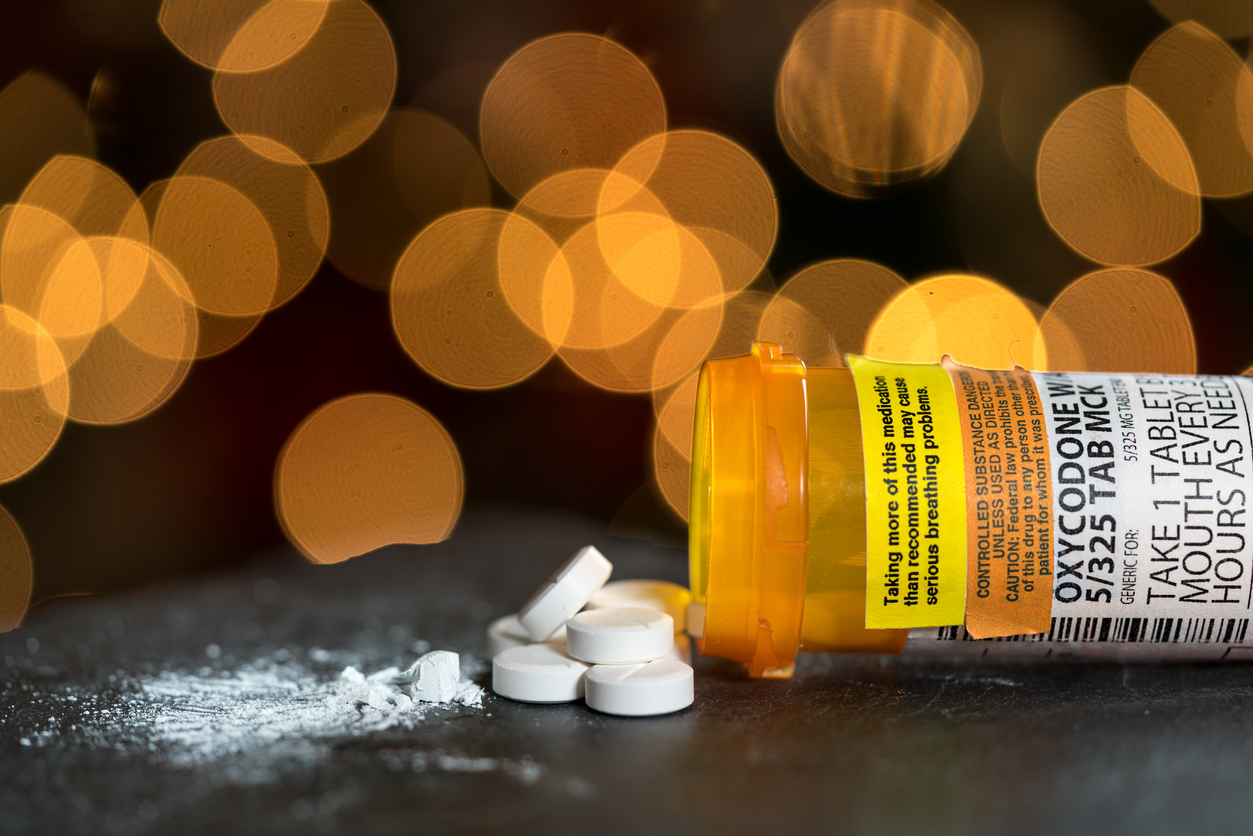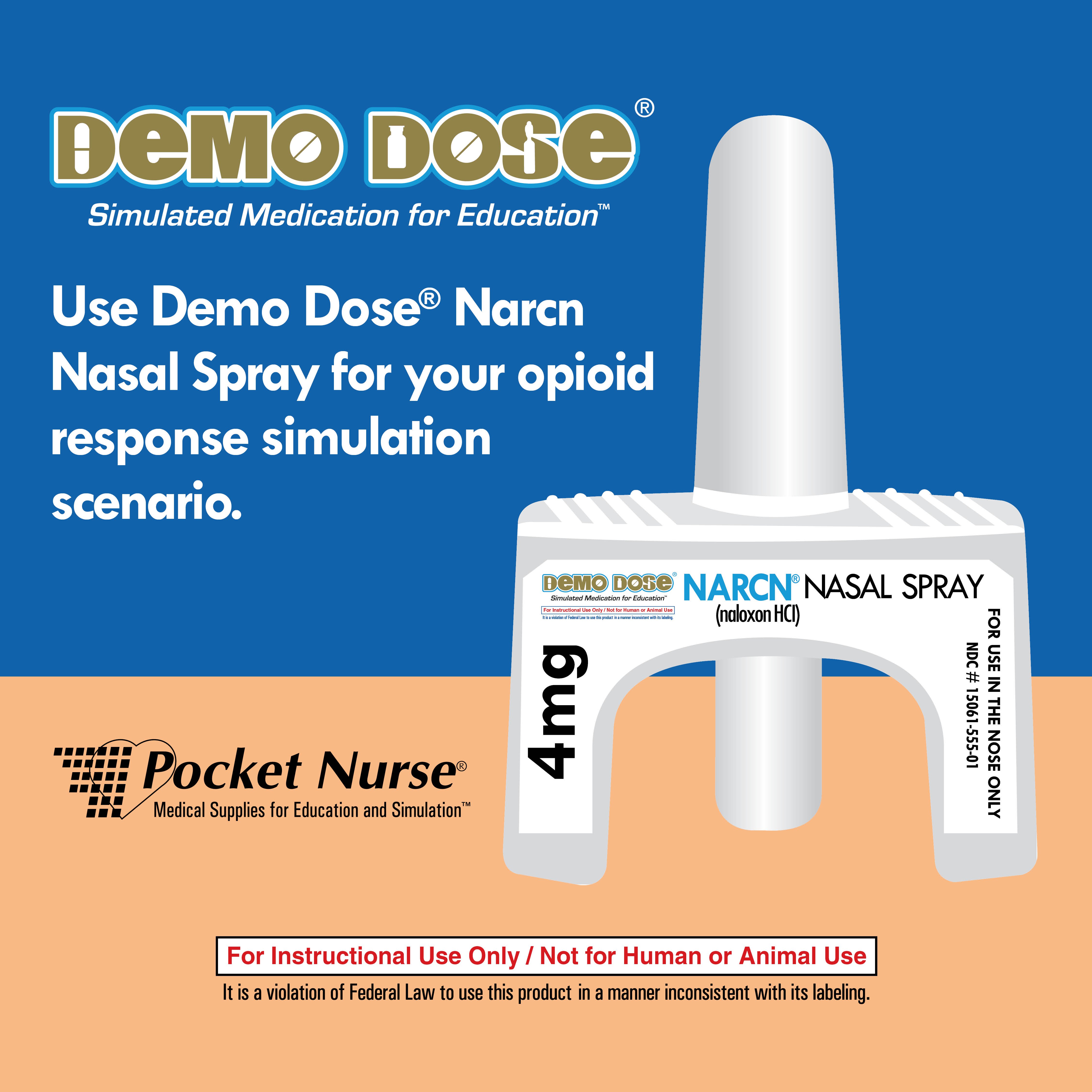
While the proper administration of Narcan (generic name: naloxone) is important to teach first responders, a new delivery system of the drug that reverses an opioid overdose is available for bystanders and healthcare professionals alike.
Organizations like Get Naloxone Now and Adapt Pharma are working to expand access to Narcan, especially in the 4mg nasal spray form, and educate people on how to respond to an opioid overdose.
In addition to administration of Narcan, there are other steps to caring for a person who has overdosed; administering medication is not the end of the emergency. A person who needs Narcan most likely will need CPR or rescue breaths afterward, and then aftercare for withdrawal and re-overdose risk. When training students and bystanders on overdose procedures, creating a holistic opioid overdose scenario that covers Narcan administration and beyond is essential.
The Difference Between CPR and Rescue Breathing
Rescue breathing is a component of cardio pulmonary resuscitation (CPR), wherein the person performing CPR breathes into the patient’s mouth, delivering air into their system. This technique, also known as “mouth-to-mouth” resuscitation has taken a back seat to “hand-only” CPR, where only chest compressions are performed, but it is still necessary in some cases.
Rescue breathing is especially vital when the initial problem is respiratory failure rather than cardiac arrest. Respiratory failure as the result of an opioid overdose will lead to a cardiac event, but performing CPR without rescue breathing will not deliver oxygen to the organs. (Source)
 Simulation Scenario for Opioid Overdose
Simulation Scenario for Opioid Overdose
Take the following steps to teach an emergency response to an opioid overdose. These steps can be performed using a manikin or a standardized patient (SP).
1. Try to wake up the person.
- Shake them and call his/her name.
- If no response, firmly rub knuckles on breastbone for 5 to 10 seconds.
2. Administer NARCN NASAL SPRAY.
- Open package.
- To administer, place thumb on plunger, and index and middle fingers around nozzle.
- Place in nostril and press plunger*.
*For instructional use only. Not for human or animal use.
3. Call 911.
Report that a person is unconscious and not breathing. Tell responders you suspect an overdose, and have administered naloxone.
4. Check for breathing.
Give CPR if you have been trained, or do rescue breathing.
- Tilt person's head back, open mouth, pinch nose shut.
- Start with 1 or 2 breaths into the mouth. Then one breath every 5 seconds.
- Continue until help arrives.
5. Stay with the person.
- Naloxone wears off in 30 to 90 minutes.
- If person wakes up, explain what happened. Tell him/her emergency services are on the way.
- If you need to leave the person, and they are unconscious, turn them on their side to prevent choking.
6. Use Demo Dose® Narcn Nasal Spray for your simulation scenario.
Aftercare
A person who has a daily opioid habit, whether due to addiction or pain management, may experience withdrawal symptoms after receiving Narcan. A person who has been revived using Narcan should not attempt to use opioids again until the naloxone is out of his or her system, which takes about 30 to 90 minutes.
If the naloxone wears off before the effects of the heroin or opioid, the person may go into overdose again. Narcan can be readministered.
Source
Harm Reduction, Overdose Basics







